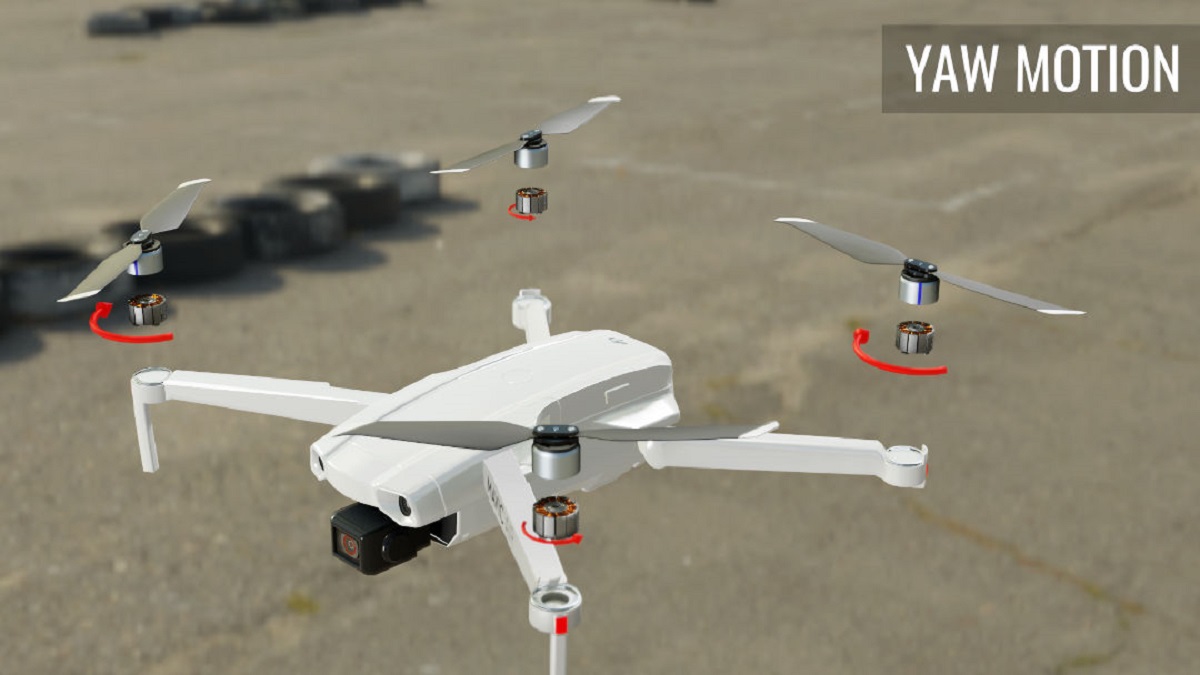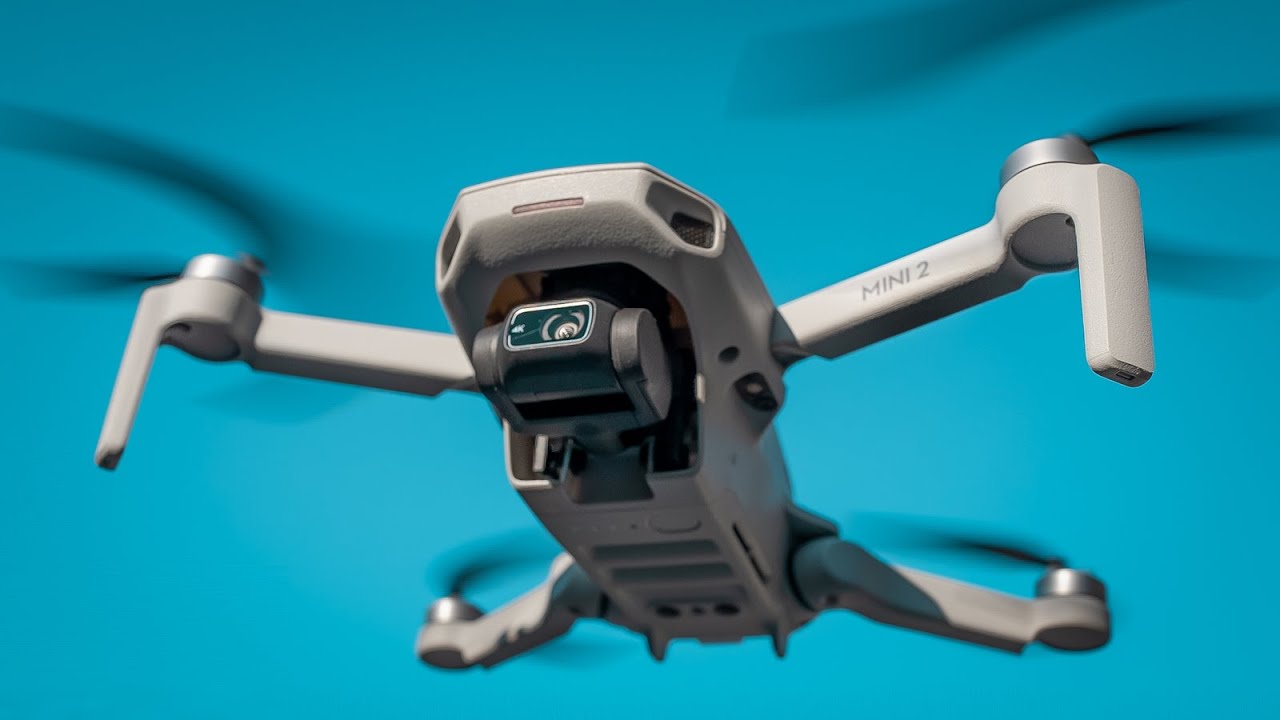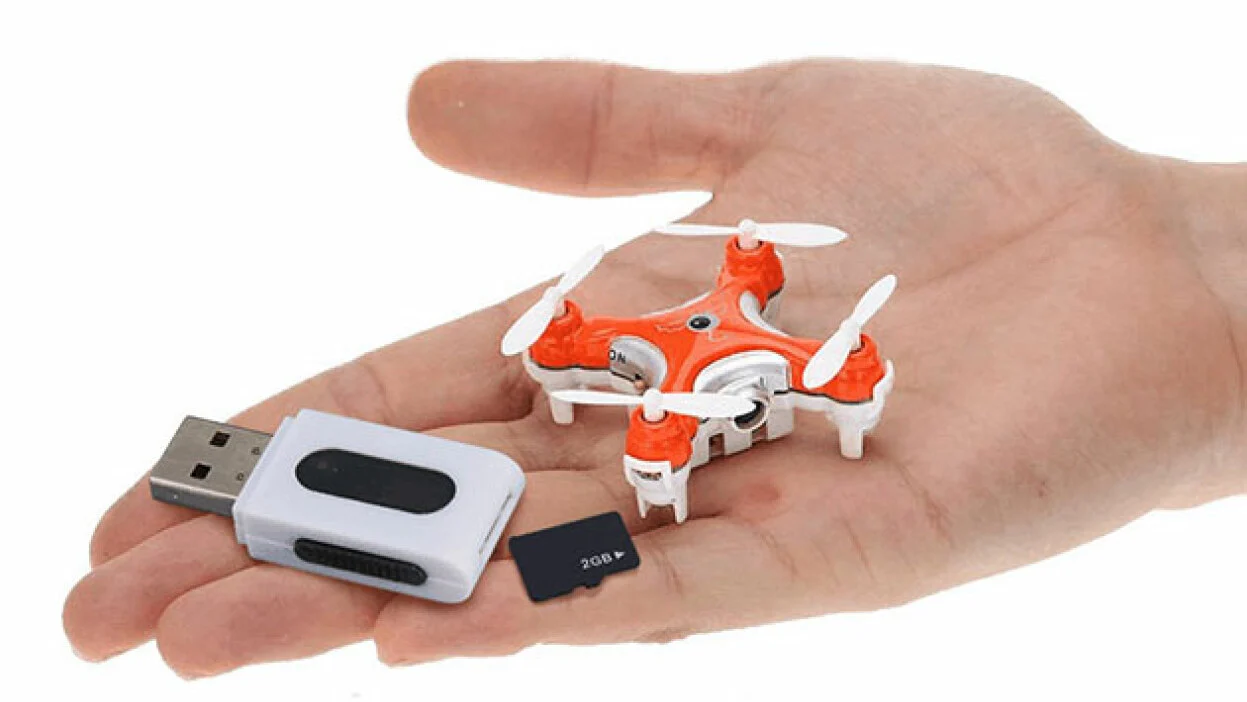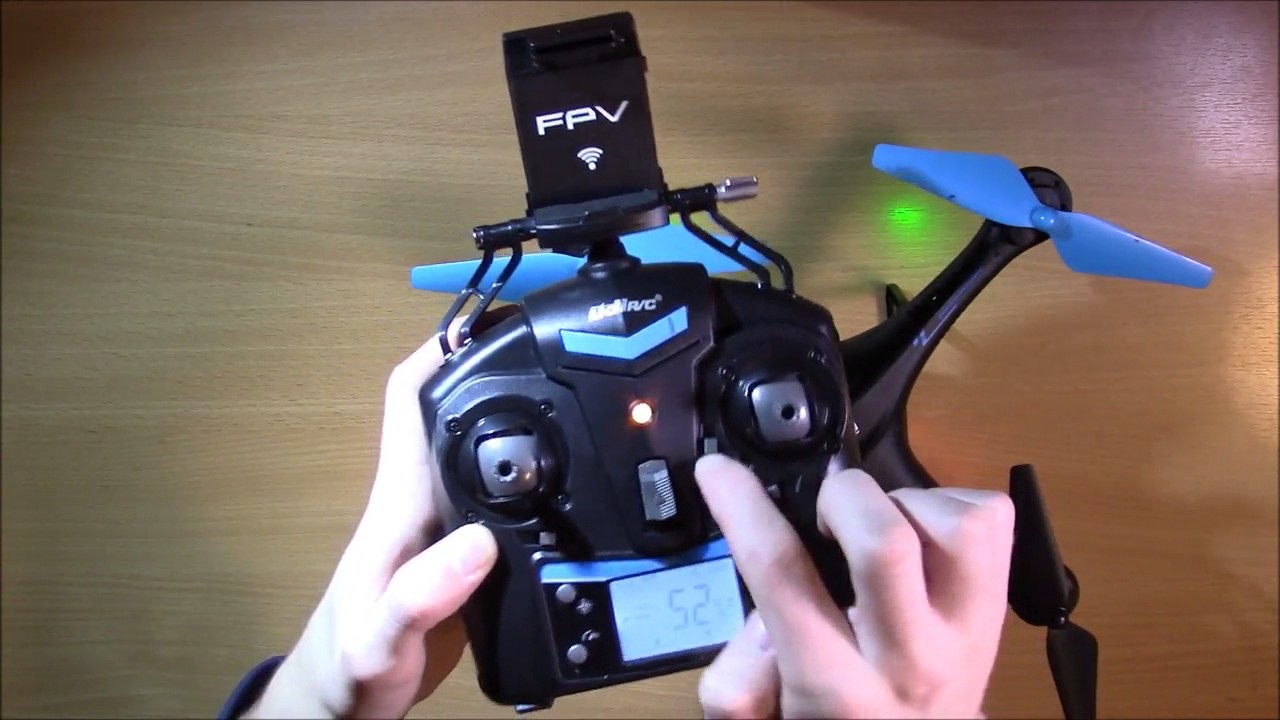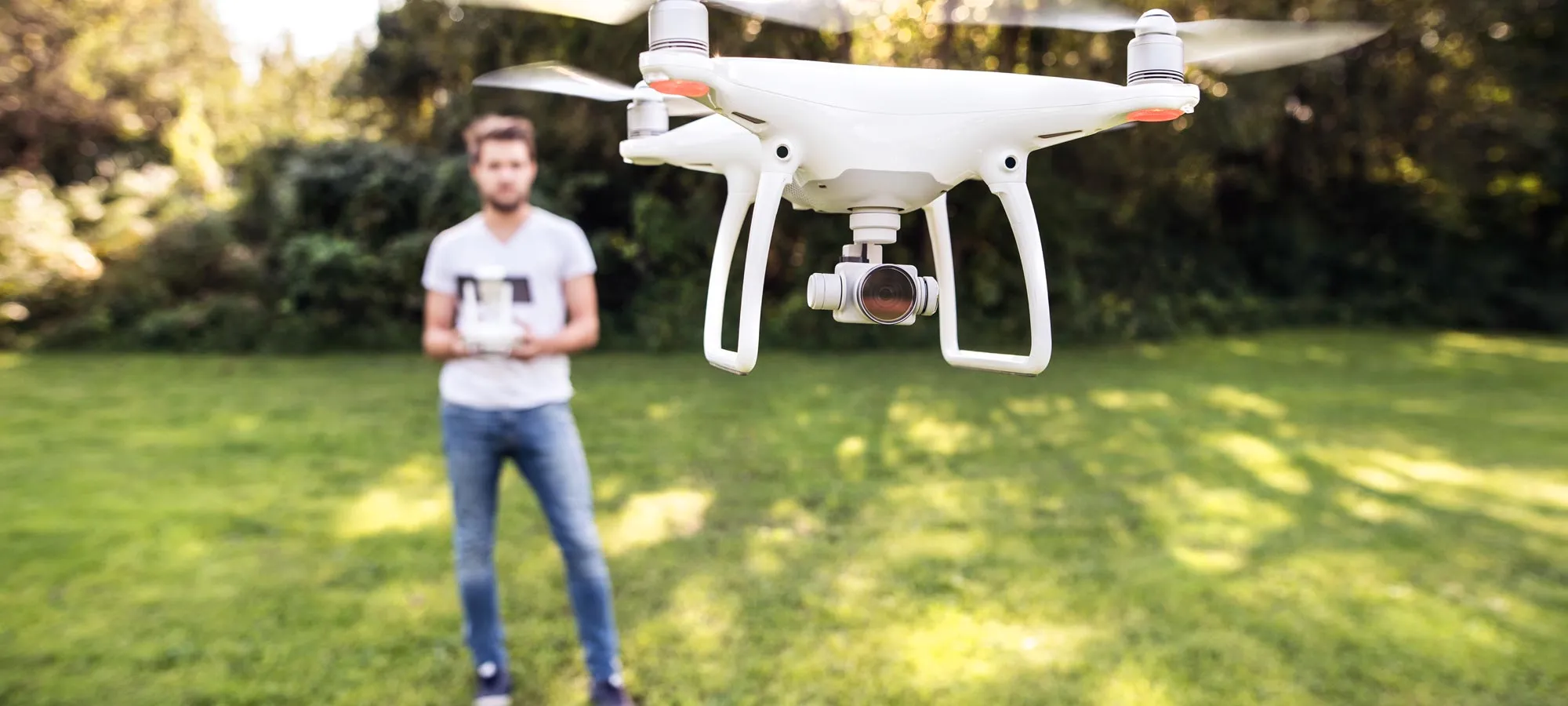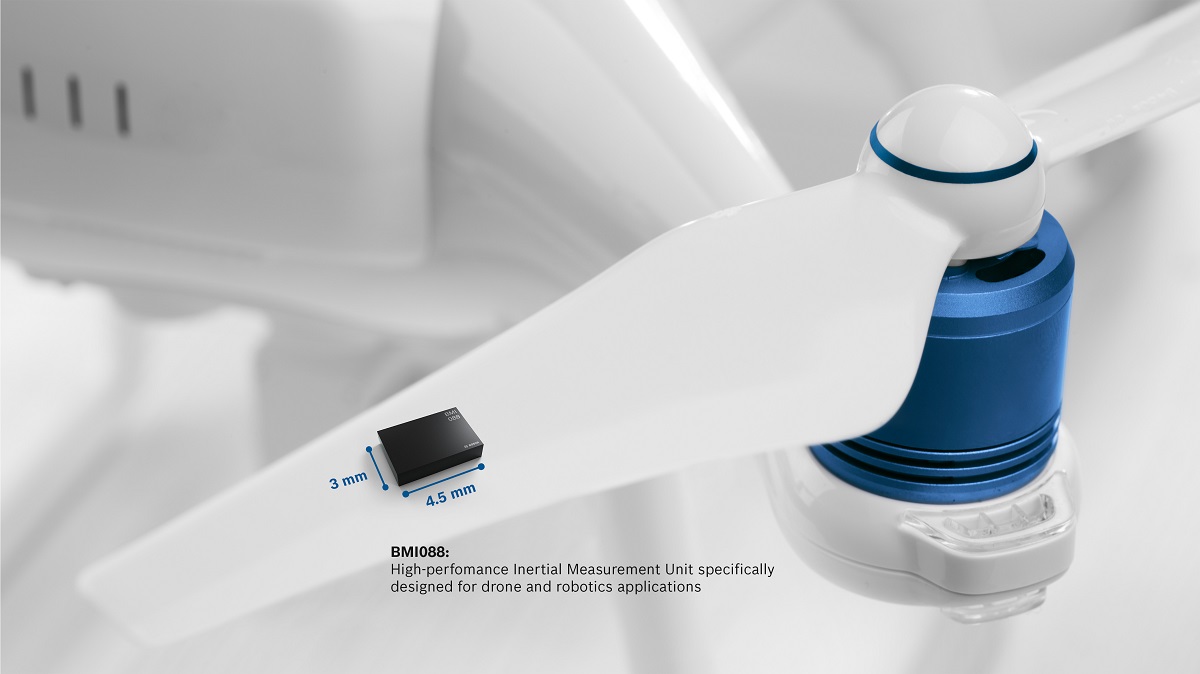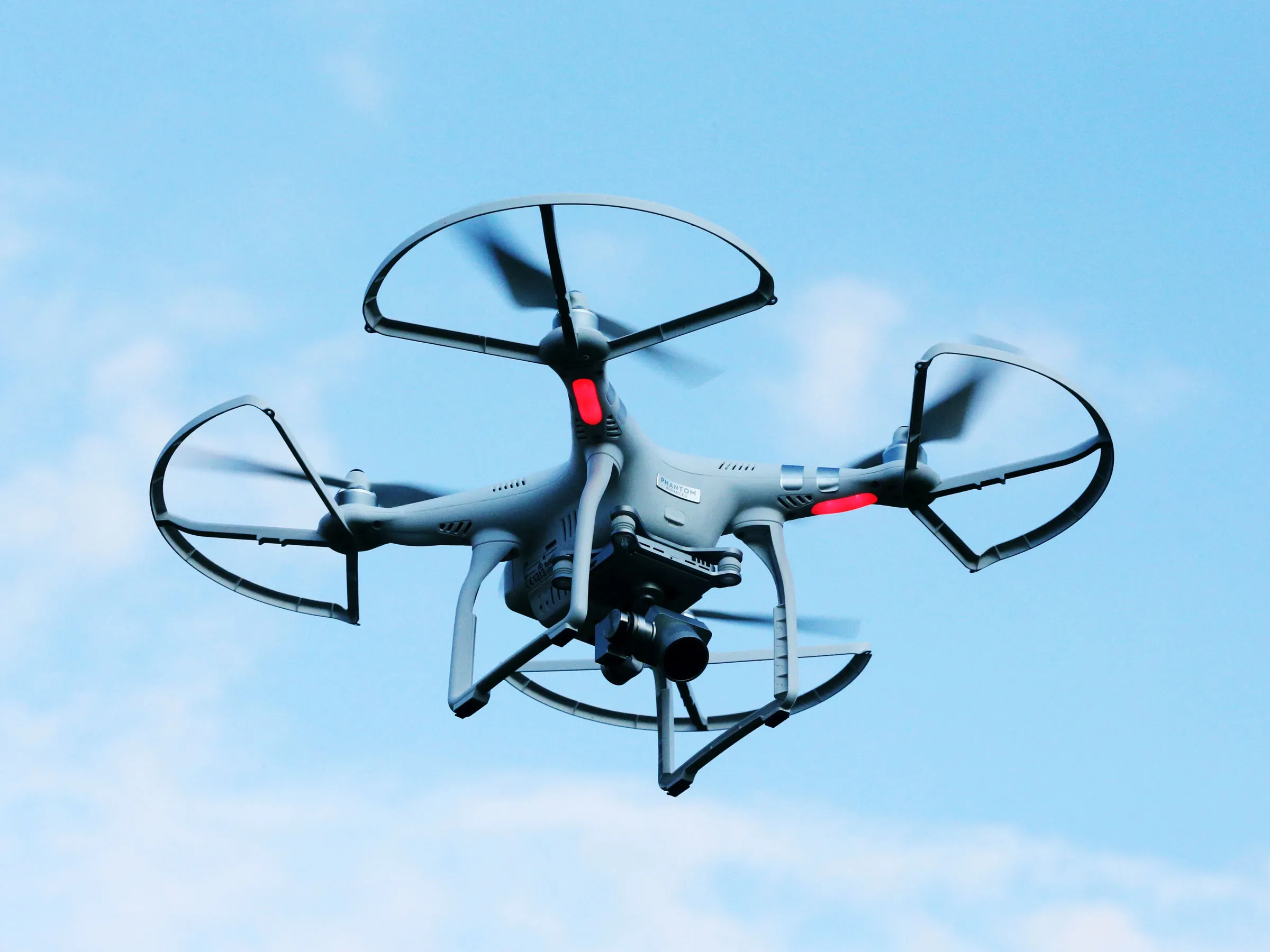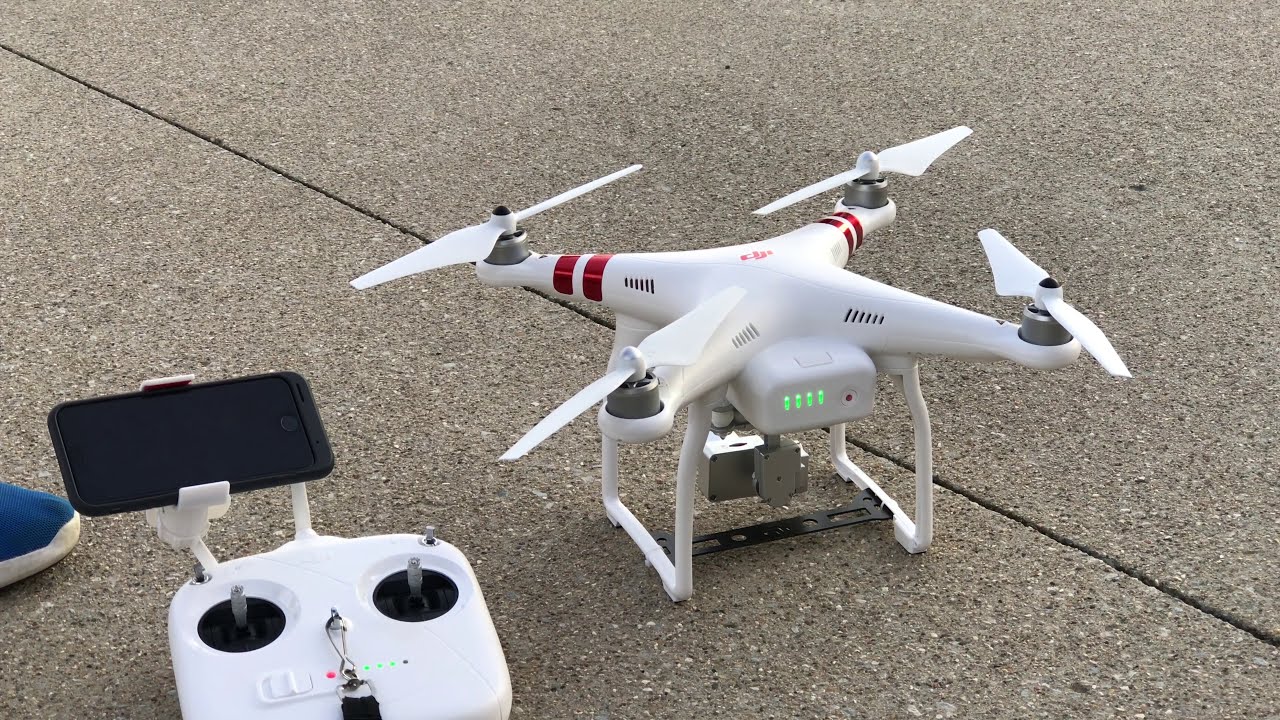Introduction
Welcome to the exciting world of drone flight! As you embark on your journey as a drone pilot, you will quickly become familiar with various terms and concepts related to operating a drone. One such term is “yaw.” Yaw is a fundamental aspect of drone flight that every pilot needs to understand and master.
Yaw refers to the horizontal rotation of a drone around its vertical axis. In simpler terms, it is the movement of a drone to the left or right. Understanding how yaw works and being able to control it effectively is crucial for smooth and controlled flight.
In this article, we will delve into the concept of yaw in more detail, exploring why it is important for drones, how it is controlled, and the factors that can affect yaw. We will also discuss the effects of yaw on drone flight and provide some tips for mastering yaw control. So, let’s take a closer look at the fascinating world of yaw and its significance in drone flying.
Understanding Yaw
To grasp the concept of yaw, imagine yourself standing on the ground and extending your arms out to the sides. If you were to rotate your body around your vertical axis, that rotational movement would be similar to the yaw motion of a drone. Yaw allows the drone to turn left or right, changing its orientation while maintaining its altitude and pitch.
Yaw is achieved by adjusting the speed between the clockwise and counterclockwise rotations of the drone’s propellers. By increasing the speed of the propellers on one side and decreasing the speed on the other side, the drone initiates a yaw motion.
It’s important to note that yaw is not the same as the drone’s heading. While yaw refers to the rotation around the vertical axis, heading refers to the direction in which the drone is pointed. Yaw allows the drone to change its heading, enabling it to navigate a different path or face a new direction.
Yaw can be controlled through various input methods, such as a joystick or control sticks on a drone controller. By manipulating these controls, pilots can dictate the degree and speed of yaw rotation.
Understanding yaw is crucial for drone pilots to execute precise maneuvers, navigate obstacles, and capture smooth aerial footage. By mastering yaw control, pilots can confidently navigate their drones in different flight scenarios, making their aerial adventures all the more exciting and captivating.
Why Yaw is Important for Drones
Yaw plays a pivotal role in the flight dynamics and maneuverability of drones. Here are some key reasons why yaw is essential for drones:
1. Changing Direction: Yaw enables drones to change direction smoothly and quickly. By controlling the yaw motion, drones can easily navigate around obstacles, adjust their flight path, or track moving subjects.
2. Capture Cinematic Footage: Yaw control is crucial for capturing cinematic footage. By smoothly controlling the yaw motion, drone pilots can create seamless panoramic shots, capture dynamic aerial perspectives, and add depth and dimension to their videos.
3. Panoramic Photography: Yaw allows drones to achieve panoramic photography by rotating horizontally to capture a wider view. This is especially useful for landscape photography or capturing large group shots.
4. Orbiting Subjects: Yaw control is vital for circling or orbiting subjects of interest. By maintaining a consistent distance and angle, pilots can create captivating footage of a subject while orbiting around it.
5. Flight Stability: Yaw control helps maintain flight stability. When drones are subject to external factors such as wind, yaw control allows pilots to compensate for the drift and keep the drone on course.
6. Precise Landing: Yaw control is essential during landing operations. Pilots can align the drone with the landing spot by adjusting the yaw, making landing safer and more accurate.
Overall, yaw control is crucial for enhancing the flight experience, achieving creative shots, and ensuring safe and controlled drone operations. Mastering yaw control allows pilots to explore the full potential of their drones and unlock a whole new level of aerial photography and videography.
How Yaw is Controlled
Yaw control on a drone is typically achieved through the adjustment of propeller speeds. Drones are equipped with multiple propellers, usually four or more, that can rotate independently. By changing the speed of the propellers on each side of the drone, pilots can manipulate the yaw motion.
Yaw control is primarily accomplished through the drone’s flight controller system, which is responsible for interpreting the pilot’s input and translating it into appropriate motor commands. Here are the main methods of controlling yaw:
1. Remote Controller: The most common way to control yaw is through a remote controller or transmitter. The remote controller typically features control sticks, with the left stick responsible for throttle and yaw control. By moving the left stick to the left or right, pilots can adjust the yaw and rotate the drone accordingly.
2. Mobile Apps: Some drones offer the option to control yaw through a mobile app. The app provides an interface where pilots can manipulate the drone’s yaw motion by swiping or tilting their mobile device.
3. GPS Systems: Advanced drones may utilize GPS systems to assist with yaw control. These systems can automatically adjust the yaw to maintain a specific heading or execute pre-programmed flight paths.
4. Flight Modes: Many drones feature different flight modes that affect the way yaw control operates. For example, some drones have a “Headless Mode” where the drone’s orientation is disregarded, and yaw control is simplified, making it easier for beginners to navigate.
5. Autonomous Systems: In certain drone applications, such as autonomous drones or drones used for industrial purposes, yaw control can be automated. These drones can follow predetermined flight paths or instructions without the need for manual yaw input.
Regardless of the specific method used to control yaw, it’s crucial for pilots to practice and develop their skills to achieve precise and smooth yaw movements. Understanding the different input methods and becoming familiar with the drone’s control system is essential for mastering yaw control and unlocking the full potential of aerial maneuverability.
Factors Affecting Yaw
Several factors can influence the yaw performance and behavior of a drone. Understanding these factors is essential for drone pilots to anticipate and adapt to changes in yaw control. Here are the main factors that can affect yaw:
1. Wind: Wind is one of the primary factors that can impact yaw control. Strong gusts of wind can push a drone off course and cause it to yaw unintentionally. Pilots must compensate for wind by adjusting the yaw control and making corrections to maintain a stable heading.
2. Weight Distribution: The distribution of weight on a drone can impact its yaw performance. Uneven weight distribution can cause the drone to yaw unevenly or become unbalanced during maneuvering. Pilots should ensure proper weight distribution and balance to maintain stable and predictable yaw control.
3. Drone Design/Configuration: The design and configuration of the drone can affect its yaw characteristics. Factors such as the number and placement of propellers, size and weight of the drone, and the aerodynamic properties can impact how the drone responds to yaw control inputs. Understanding the specific design and characteristics of your drone is crucial for effective yaw control.
4. Flight Mode: Different flight modes on a drone can influence how yaw control operates. For example, in a manual flight mode, pilots have full control over yaw adjustments. However, in an automated or stabilization flight mode, the drone may limit the yaw range or respond differently to yaw inputs based on the selected mode.
5. Battery Voltage: The battery voltage can also influence yaw performance. As the battery drains, the drone’s overall power and responsiveness may decrease, affecting the effectiveness of yaw control. Pilots should monitor their battery levels to ensure consistent and reliable yaw control throughout the flight.
6. Pilot Skill and Input: Lastly, the pilot’s skill and input play a significant role in yaw control. Accurate and precise control input is necessary for achieving smooth and desired yaw movements. Pilots should practice and develop their skills to effectively manipulate the controls and maintain control over the drone’s yaw behavior.
By considering and accounting for these factors, drone pilots can anticipate and overcome challenges related to yaw control, ensuring a more stable and controlled flight experience.
Effects of Yaw on Drone Flight
Yaw has several effects on drone flight, both in terms of maneuverability and overall flight performance. Understanding these effects is crucial for pilots to safely and effectively control their drones. Here are the main effects of yaw on drone flight:
1. Change in Direction: The primary effect of yaw is the ability to change the direction of a drone. By manipulating the yaw control, pilots can make the drone rotate to the left or right, allowing it to change its heading and adjust flight paths.
2. Turning Radius: Yaw also affects the turning radius of a drone. When performing a yaw motion, the drone rotates around its vertical axis, resulting in a circular arc. The speed and degree of yaw control can impact the size of the turning radius.
3. Flight Stability: Effective yaw control contributes to flight stability. Maintaining a stable heading and consistent yaw movements helps to counteract external factors such as wind gusts or turbulence, keeping the drone steady during flight.
4. Camera and Video Stabilization: Yaw control is crucial for stabilizing the camera and capturing smooth video footage. By adjusting the yaw motion smoothly, pilots can minimize unwanted camera jerks or shakes, resulting in professional-looking, stabilized footage.
5. Obstacle Avoidance: Yaw control plays a role in avoiding obstacles during flight. By using yaw to change the drone’s direction, pilots can navigate around obstacles that might be in the flight path, enhancing safety and preventing collisions.
6. Precision Flying: When performing precise maneuvers or intricate flight patterns, yaw control is essential. Whether it’s flying in a tight space or executing intricate aerial photography shots, precise yaw control allows pilots to achieve the desired flight path with accuracy and precision.
7. Navigation and Orientation: Yaw also aids in navigation and orientation. By controlling the drone’s heading through yaw, pilots can orient themselves and the drone in relation to the surrounding environment, ensuring they stay on course.
By understanding these effects of yaw, pilots can effectively utilize this control function to enhance flight maneuverability, stabilize video footage, avoid obstacles, and navigate with precision, resulting in a more enjoyable and successful drone flying experience.
Tips for Mastering Yaw Control
Mastery of yaw control is key to becoming a skilled drone pilot. Here are some essential tips to help you improve your yaw control skills:
1. Practice, Practice, Practice: Like any skill, mastering yaw control requires practice. Dedicate time to practice specific yaw maneuvers such as smooth turns, figure eights, or orbiting. Regular practice will help you develop muscle memory and enhance your control over yaw movements.
2. Start Slow and Gradually Increase Speed: When starting to learn yaw control, start with slow and gentle movements. As you gain confidence and proficiency, gradually increase the speed of your yaw control to perform faster and more agile maneuvers.
3. Use Thumb Placement: Place your thumbs on the thumbsticks of the remote controller to have a better grip and control for yaw inputs. This allows for precise movements and quick adjustments during flight.
4. Combine Yaw with Other Controls: Yaw control is most effective when combined with other controls such as throttle, pitch, and roll. Coordinate your yaw inputs with these controls to achieve seamless and coordinated flight movements.
5. Anticipate Wind and Adjust Accordingly: Wind can significantly affect yaw control. Before taking off, check the weather conditions and anticipate how the wind might influence your drone’s yaw behavior. Adjust your yaw inputs accordingly to compensate for wind drift and maintain stable flight.
6. Experiment with Different Yaw Rates: Most drones offer adjustable yaw rates, which determine the sensitivity of yaw control. Experiment with different yaw rates to find the setting that suits your flying style and preferences. Higher rates offer quicker response, while lower rates provide more stability.
7. Practice Yaw Corrections: During flight, you may encounter situations where you need to make quick corrections to maintain the desired heading. Practice making small and precise corrections using yaw inputs to refine your control and responsiveness.
8. Learn from Experienced Pilots: Engage in online communities or local drone clubs to learn from experienced pilots. They can provide valuable insights, tips, and techniques for mastering yaw control. Additionally, watching tutorial videos or attending drone flying events can help improve your skills.
9. Flight Simulator Training: Consider using a drone flight simulator to practice and refine your yaw control skills in a risk-free virtual environment. Simulators allow you to experiment with different scenarios and challenges that can enhance your overall flying abilities.
10. Stay Calm and Confident: Lastly, maintaining a calm and confident mindset while flying is crucial. Yaw control requires concentration and precision, so remain focused and confident in your abilities.
By following these tips and investing time in practice and experimentation, you can enhance your yaw control skills and take your drone piloting to new heights!
Conclusion
In conclusion, mastering yaw control is crucial for drone pilots looking to enhance their flight skills and capture stunning aerial footage. Yaw, the horizontal rotation of a drone around its vertical axis, allows for changes in direction, stable flight, precise maneuvering, and cinematic shots.
By understanding the principles of yaw control and practicing with different input methods, pilots can achieve smooth and accurate turns, navigate around obstacles with ease, stabilize their cameras, and capture breathtaking footage.
Factors such as wind, weight distribution, drone design, flight modes, battery voltage, and pilot skill can all influence yaw control. Being aware of these factors and adapting accordingly will help pilots maintain stability, achieve desired flight paths, and avoid potential challenges.
To master yaw control, it’s crucial to practice consistently, gradually increase proficiency, and experiment with different yaw rates. Combining yaw control with other flight controls and seeking guidance from experienced pilots can also accelerate learning and growth.
Remember to anticipate wind conditions, perform precise corrections, and stay calm and confident during flight. Utilizing drone flight simulators to practice and refine skills can also be valuable in a risk-free virtual environment.
With dedication, practice, and an understanding of the nuances of yaw control, drone pilots can confidently navigate their drones, capture stunning visuals, and take their aerial adventures to new heights.







